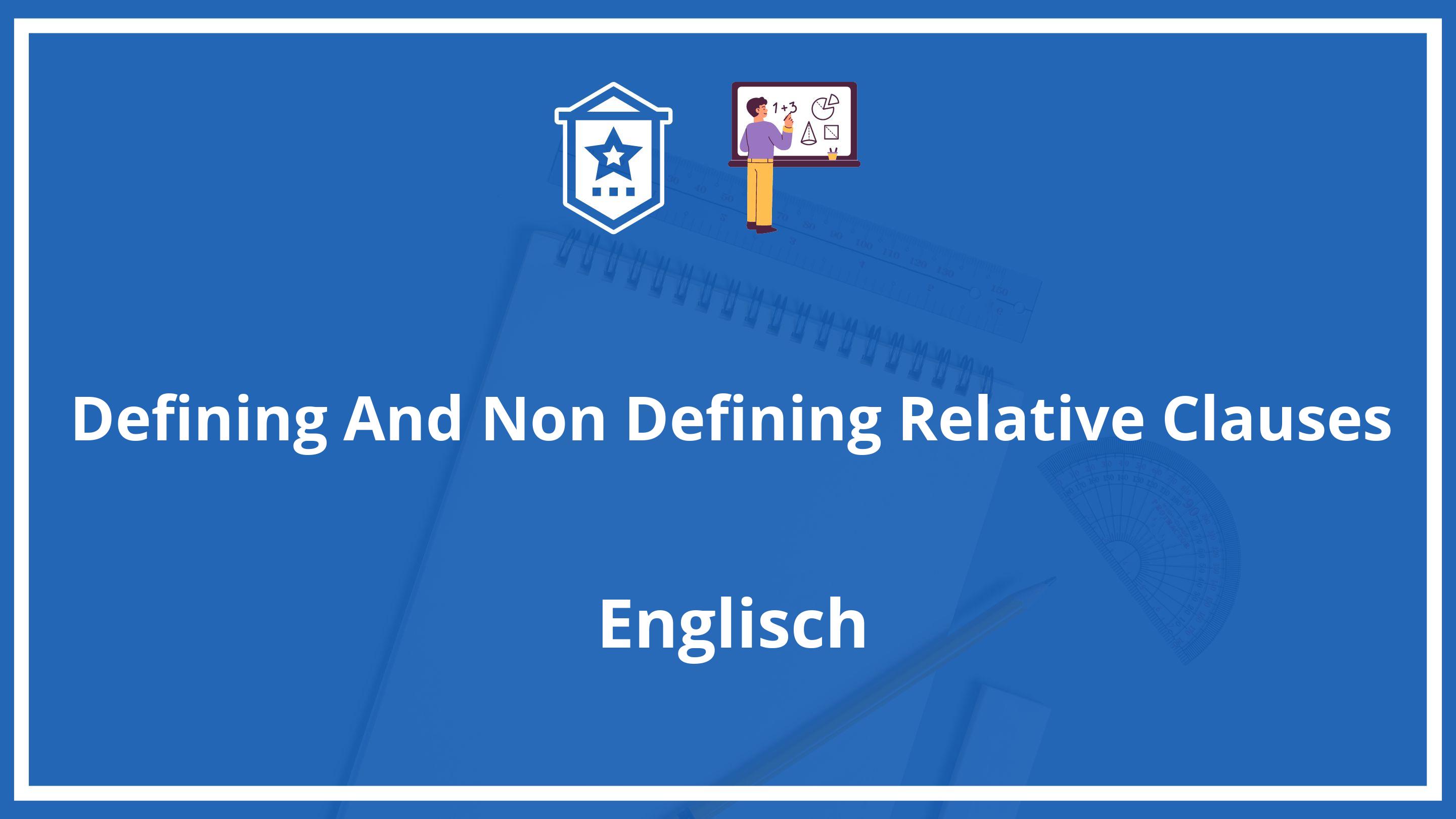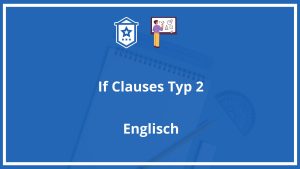
Öffnen – Defining And Non Defining Relative Clauses
Defining and Non-Defining Relative Clauses
A relative clause is a clause that is added to a sentence to give more information about a person or thing. Relative clauses are usually introduced by a relative pronoun such as who, whom, that, which, whose, or where. Relative clauses can be defining or non-defining.
A defining relative clause gives information that is essential to identify the person or thing that is being talked about. Defining relative clauses are not put in commas.
The non-defining relative clause gives information that is not essential to identify the person or thing that is being talked about. Non-defining relative clauses are put in commas.
Here are some examples:
The man who is standing over there is my brother.
(The relative clause who is standing over there gives information that is essential to identify the man. We could not remove this clause and still be sure which man is being talked about.)
John, who lives in New York, is my brother.
(The relative clause who lives in New York gives information that is not essential to identify John. We could remove this clause and still be sure which person is being talked about.)
The book that I am reading is very interesting.
(The relative clause that I am reading gives information that is essential to identify the book. We could not remove this clause and still be sure which book is being talked about.)
The book which I bought yesterday was very cheap.
(The relative clause which I bought yesterday gives information that is not essential to identify the book. We could remove this clause and still be sure which book is being talked about.)
The man whose car is parked over there is my brother.
(The relative clause whose car is parked over there gives information that is essential to identify the man. We could not remove this clause and still be sure which man is being talked about.)
The city where I was born is very beautiful.
(The relative clause where I was born gives information that is essential to identify the city. We could not remove this clause and still be sure which city is being talked about.)
The relative pronoun that can be used instead of who, whom, which, or that in defining relative clauses. In non-defining relative clauses, we use that only in very formal style.
Here are some more examples:
People that/who live in cold climates often have to heat their homes.
The book that/which I am reading is very interesting.
The city that/where I was born is very beautiful.
We do not use that in non-defining relative clauses:
John, who/that lives in New York, is my brother.
The book which/that I bought yesterday was very cheap.
We can also use relative clauses without relative pronouns. In these cases, the relative clauses are always defining.
Here are some examples:
I have a friend (who/that) lives in New York.
The book (which/that) I am reading is very interesting.





